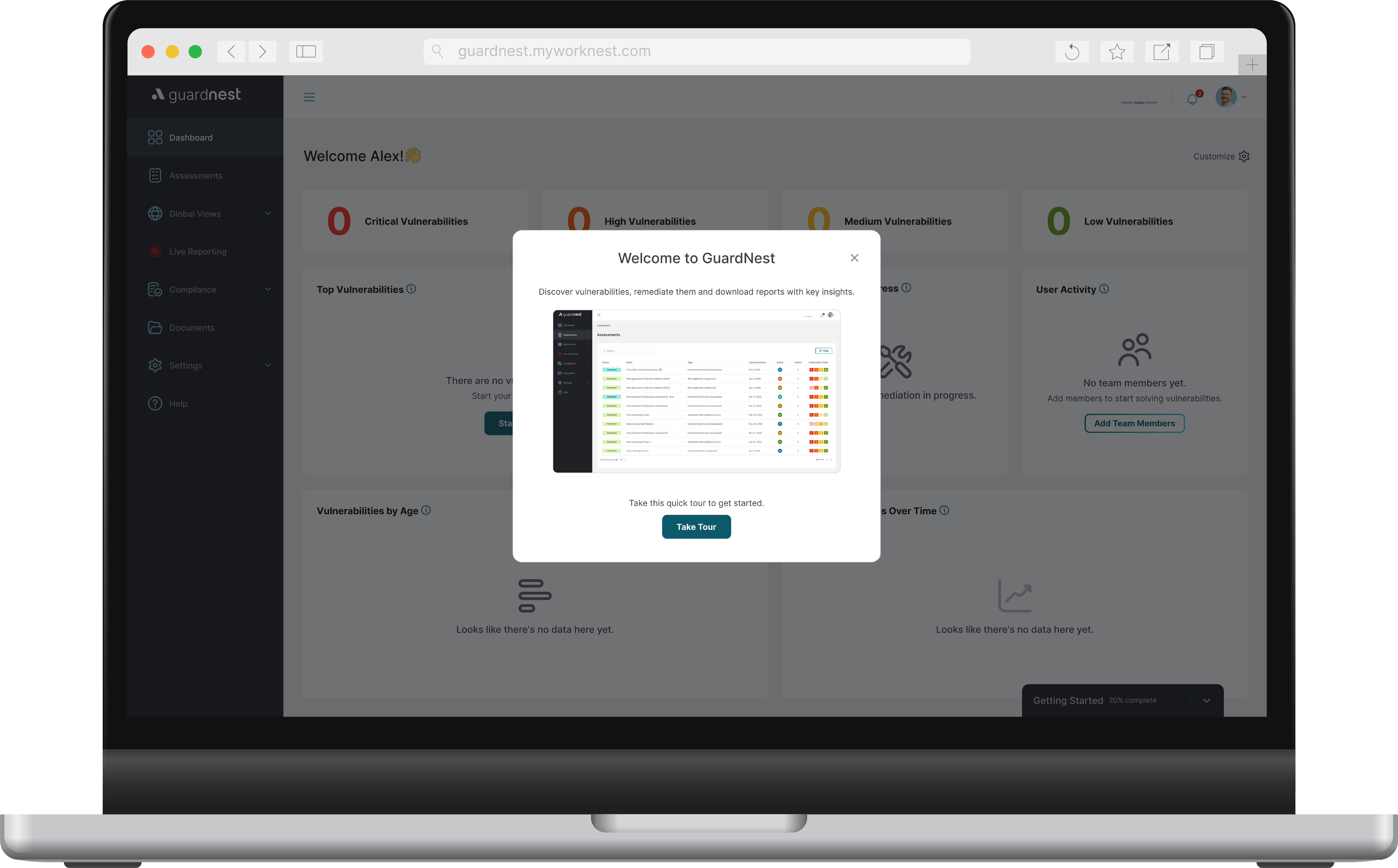Seven Pillars Framework: A New Era for Cyber Security Practices


Cyber resilience has emerged as a critical paradigm, focusing not only on preventing attacks but also on ensuring systems swiftly recover from them. In this article, we’ll delve into the innovative Seven Pillars Framework, a groundbreaking approach to fortifying cyber security practices and enhancing organisational resilience.
Definition of Cyber Resilience
Cyber resilience refers to a business's ability to prepare for, respond to, and recover from cyberattacks. It goes beyond simple cyber security measures. Instead, it combines risk assessment, incident response, and data protection strategies to ensure business continuity. The goal is not only to defend against attacks but also to limit impact and ensure swift recovery. By focusing on resilience, organisations can adapt quickly to the evolving threat landscape. This approach safeguards operations, IT services, and supply chains, preserving the integrity of digital service providers and network and information systems. In a nutshell, cyber resilience is about maintaining operational functionality in the face of disruptions.
Implementing a Cyber Resilience Strategy
A strong cyber resilience strategy is vital for business continuity.
Here's how to craft one effectively:
- Risk Assessment: Assess the threat landscape and identify vulnerabilities in your IT infrastructure. Use frameworks like the Cyber Assessment Framework for guidance.
- Security Controls: Implement access controls and security controls to shield against cyber threats. Ensure your security posture is robust.
- Business Continuity Plan: Develop a disaster recovery plan to maintain business operations in case of a cyber incident.
- Incident Response: Establish a clear incident response plan to reduce downtime and mitigate supply chain risks.
- Employee Training: Ensure staff are aware of cyber security practices and the latest threats through regular training sessions.
- NIS Regulations Compliance: Comply with NIS Regulations and partner with the National Cyber Security Centre for best practices.
- Continuous Monitoring: Regularly update and monitor your cyber security strategy to adapt to new threats. By following these steps, businesses can strengthen their cyber security frameworks and enhance their resilience against cyber threats.
The Seven Pillars of Cyber Resilience
1. Regular Penetration Testing
Whether internal or external, testing uncovers the vulnerabilities before attackers do. While we don’t want to be biased as a penetration testing company, Penetration Testing is proven to be one of the best ways to identify and remediate potential entry points by an attacker from a technical perspective and should be a part of every business's security posture.
2. Continuous Vulnerability Management
Real resilience doesn’t come from a once-a-year test. Continuous scanning and vulnerability detection allows businesses to reduce the window of risk between any consultant-led service and removes the risk involved from new emerging exploits. Our managed scanning helps your business stay secure by reducing your window of risk, choosing when and how often to scan whilst complying with modern regulations.
3. Incident Response Playbooks + Tabletop Exercises
Not just plans on paper. You need to rehearse them.
Incident Response plans and internal training through Tabletop exercises is becoming increasingly important for medium to large organisations. The damage of having limited policies and a wider company culture that builds awareness can be weeks of downtime and loss of data and revenue.
4. Cloud Configuration & Security Reviews
Cloud misconfigurations account for many breaches. With more businesses relying on cloud instances and overlooking major security configurations it can leave open doors for potential hackers.
5. Third-Party & Supply Chain Risk Assessments
One of the biggest blind spots. Plenty of the new age breaches are occurring via a third-party integration or vendor. Businesses need to adapt and look into regular third party audits and security reviews to reduce the risk factor. Doing reviews of third-parties before implementation should be pivotal in any new software or vendor onboarding.
6. Backup & Recovery Testing
It’s not enough to have backups. Can you restore them in time? Regular drills are crucial and often overlooked.This should be done in-house, or if unable, bring in a contractor/supplier to run testing.
7. Security Awareness & Social Engineering Testing
From phishing simulations to in-person social engineering, user behaviour is your first line of defence. We get far too much success in phishing/vishing assessments and social engineering exercises, there’s a lack of training and awareness in many businesses and something that we hope will evolve as the world relies more and more on technology. Be one of the forward thinking businesses and build regular engaging training sessions and annual phishing drills.
Here at Pentest People, we provide support along each section of the seven pillars of cyber resilience providing services that keep your business secure every step of the way.

Why Businesses Need the Seven Pillars of Cyber Resilience
Adapting to Emerging Threats
Cyber threats are constantly evolving, becoming more sophisticated and harder to detect. The seven pillars framework encourages businesses to be proactive rather than reactive by incorporating threat intelligence and ongoing monitoring.
Regulatory Compliance and Reputation Management
As governments worldwide tighten regulations around data protection and cyber security, businesses must ensure they are compliant to avoid hefty fines and legal repercussions. Compliance also helps maintain customer trust and protects the organisation's reputation, both of which are invaluable assets.
Minimising Downtime with Efficient Incident Response
The ability to respond quickly and effectively to a cyber incident can mean the difference between a minor disruption and a major catastrophe. An established incident response plan ensures that all team members know their roles and responsibilities, reducing confusion and downtime when an incident occurs. Regular tabletop exercises reinforce these plans, ensuring teams remain sharp and prepared.
Securing Cloud Infrastructure
With the increasing reliance on cloud services, ensuring proper cloud configuration and security has become critical. Misconfigurations can lead to severe security breaches. Regular reviews of cloud infrastructure help to identify and mitigate vulnerabilities, ensuring that sensitive data stored in the cloud remains secure.
Mitigating Third-Party Risks
As businesses leverage third-party vendors and integrations, they introduce potential new vulnerabilities into their ecosystem. A robust assessment of third-party vendors helps to ensure that their security posture aligns with the organisation's standards, reducing the risk of supply chain attacks.
Ensuring Data Availability with Backup & Recovery
Data loss can cripple a business. Regular testing of backup and recovery processes ensures that data can be quickly and effectively restored after an incident. This pillar is crucial for maintaining business continuity and preventing long-term disruptions.
Building a Human Firewall
Employees are often the weakest link in cyber security, which is why security awareness training and social engineering testing are essential. By educating employees and simulating real-world attack scenarios, businesses can fortify this line of defence, ensuring that staff are vigilant and aware of potential threats.
Conclusion
Incorporating the seven pillars of cyber resilience is not just about avoiding cyber threats, it's about creating a holistic defence strategy that involves technology, processes, and people. As cyber threats grow more advanced and pervasive, embracing this comprehensive framework is integral to safeguarding business operations, protecting sensitive data, and maintaining customer trust in a digitally-dependent world. Here at Pentest People, we offer services to support you in every step of the seven pillar process.
.png)









.svg)








.webp)


